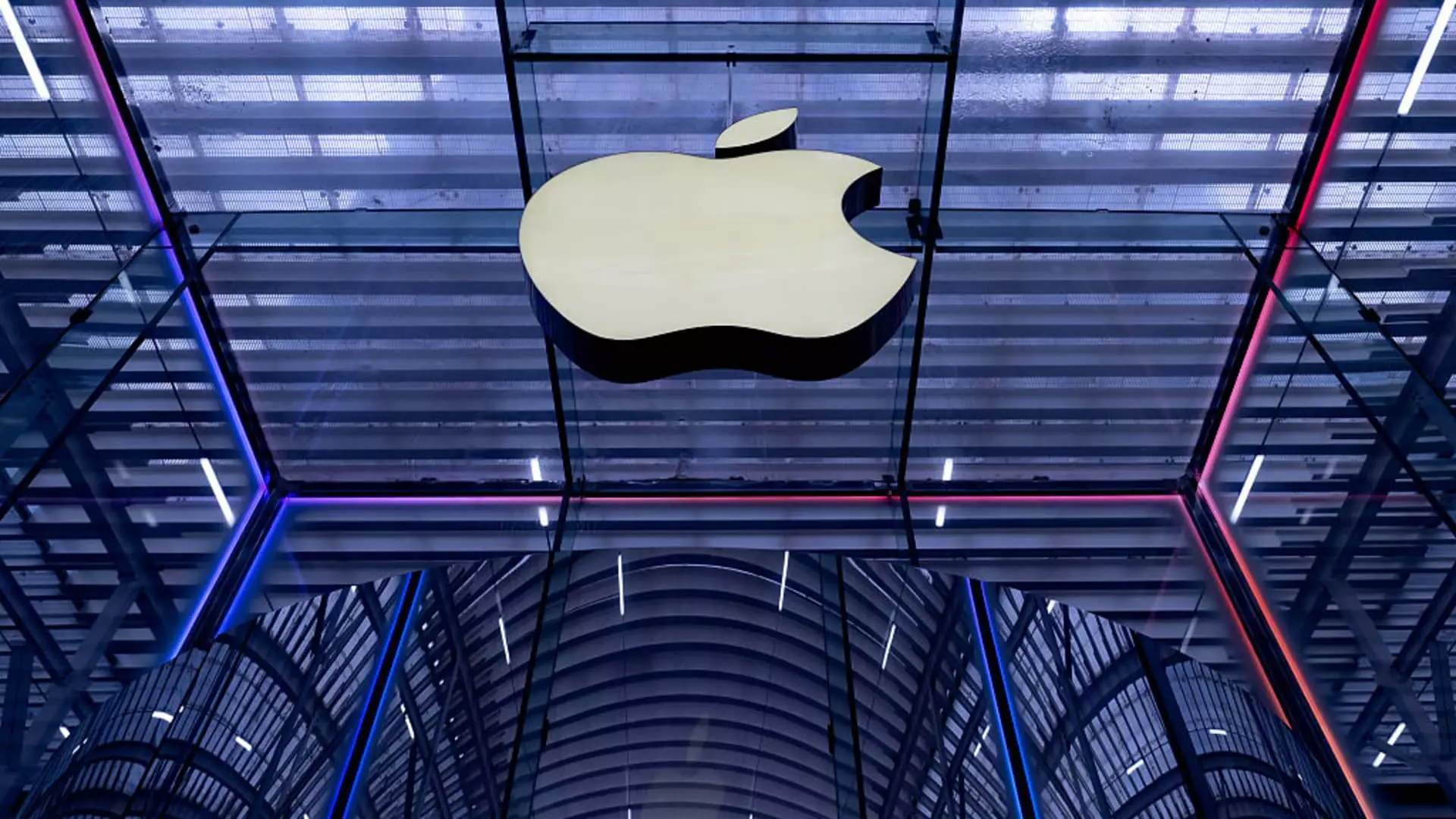Apple’s ongoing relocation of production from China to India and Vietnam underscores a broader, yet ultimately misguided, pursuit of economic resilience. While boosting domestic manufacturing seems appealing on the surface, the reality reveals a complex web of challenges that threaten to make this vision an expensive folly. The American political and corporate elite wallow in the illusion that simply shifting assembly lines onshore or nearby will suffice to revive manufacturing and secure economic sovereignty. However, the undeniable truth is that real manufacturing—especially high-tech, sophisticated assembly—requires an infrastructure that cannot be rapidly or easily duplicated. What we are witnessing is a superficial attempt to appear self-sufficient, while ignoring the deep integration and specialized labor pools that have been developed in Asia over decades.
Furthermore, the push for American-made iPhones, while patriotic on paper, comes with a steep economic price tag—estimates suggest retail prices skyrocketing from $1,500 to potentially over $3,500. This inflationary trend would alienate consumers, diminish sales, and create a vicious cycle of market share erosion—particularly in the critical Chinese market, where Apple’s presence is already suffering. The myth that “reshoring” will solve all economic woes underestimates the durability and foundational strength of global supply chains that the U.S. economy has benefited from for years. Disregarding this reality risks retreating into economic protectionism, which might backfire and handicap innovative growth.
China and Tariffs: A Disconnect Between Politics and Business
The palpable political tension around tariffs and trade policies has cast a shadow over Apple’s outlook, as highlighted by the high probability of tariff-related discussions in upcoming earnings calls. While policymakers tout protectionism as a means to bolster national industries, what often materializes is an increase in costs and market uncertainty. The Trump administration’s tariffs, which threaten a 25% or higher tax on imported iPhones, exemplify this disconnect. Apple’s strategic response—diversifying manufacturing through India and Vietnam—demonstrates a pragmatic recognition that tariffs will harm their bottom line more than they help American jobs.
However, this shift carries its own set of pitfalls. The infrastructural, labor, and technological parameters in India and Vietnam are still developing, often lacking the efficiency and quality standards established in China. This inevitably inflates production costs further, and the broader economic impact could be a more expensive consumer product with fewer competitiveness advantages. Instead of leveraging America’s innovation capacity and skilled workforce, the U.S. risks fostering a dependency on developing nations to sustain top-tier tech manufacturing standards.
The Myth of Market Security Through Nationalism
Politicians and pundits often argue that reshoring manufacturing is vital for national security. While there is merit to reducing over-reliance on geopolitical adversaries, this line of reasoning can be dangerously naive. The narrative assumes that embracing economic nationalism automatically delivers strategic advantage, but it neglects the real-world trade-offs. In pursuit of “self-sufficiency,” policymakers fail to grasp that high-tech manufacturing, like that of Apple’s iPhones, thrives on global interconnectedness, technological spillovers, and economies of scale. Disrupting these paradigms could revert us to a less competitive, more insular economy—precisely the scenario that should be avoided.
Furthermore, the focus on domestic production ignores the advantages of market-based competition that drive innovation and efficiency. Apple’s success hinges on global supply chains, and efforts to heavily insulate the supply chain from geopolitical risks without a concrete plan for technological and logistical infrastructure will only weaken our position. The push for “Made in America” might be a symbolic gesture, but in economic terms, it risks becoming a costly misadventure that hampers innovation and consumer choice.
Innovation and Entertainment: The Illusive Growth Pillars
While investors fret about tariffs and manufacturing costs, Apple’s strategy continues to pivot toward entertainment and services, exemplified by the popularity of “Severance” and the blockbuster F1 movie. Yet, these sectors are also vulnerable to overextension and market fatigue. Blowout hits like F1: The Movie may generate hundreds of millions, but they do not secure sustainable growth in the long term. The company’s sluggish stock performance—down more than 16% this year compared to the S&P 500’s 8% rise—serves as a stark reminder that branding and entertainment pursuits cannot substitute for innovation in core hardware.
As Apple faces a “rough” macroeconomic environment, we should be cautious about assuming that its diversification into entertainment and services can mask the fundamental decline left by stagnating hardware sales and Chinese market share losses. In a true center-right liberal perspective, fostering a balanced, competitive innovation ecosystem rooted in free-market principles ought to be prioritized. This involves reducing reliance on government-driven protectionism and encouraging policies that support technological entrepreneurship, infrastructure investments, and fair trade—elements that form the backbone of a resilient economy capable of weathering geopolitical storms.
—
Note: This critique underscores that the current narrative of economic independence through reshoring and protectionism is shortsighted. It favors quick political wins over genuine, sustainable growth. A prudent center-right approach should emphasize strategic openness, innovation, and free trade as pillars to bolster America’s manufacturing capacity without sacrificing competitiveness.

